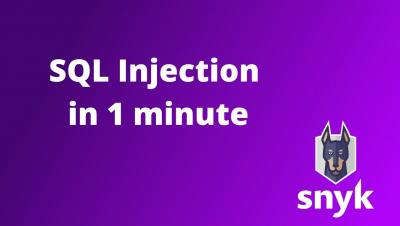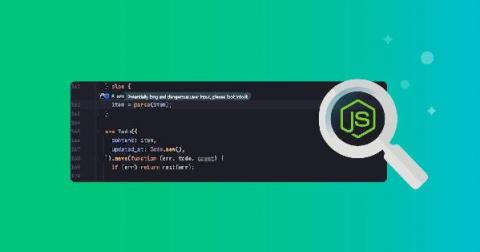The key to solving the cybersecurity workforce gap: Enlisting the world's 27 million developers in the fight
Yesterday, the Biden Administration called upon leaders from Amazon, Apple, Google, IBM and Microsoft as well as other private and non-profit organizations to discuss crucial measures for improving the overall cybersecurity posture of the United States. (This follows an Executive Order , which we wrote about in May, outlining a 100-day initiative to improve the security of the modern software supply chain ).











